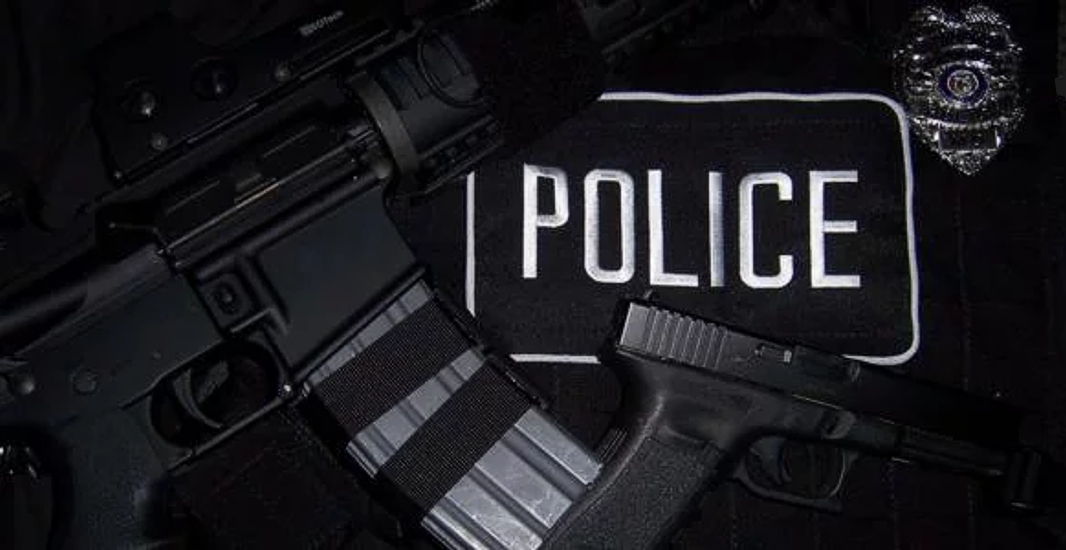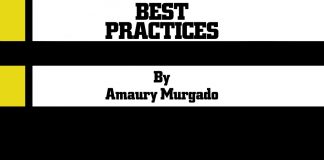One of the modes used in training, which is helpful, is the use of police color codes. The color codes, developed a number of years ago, by Jeff Cooper describe levels of awareness that are combined with the appropriate protective actions a person should take when he or she comes in contact with other people.
The codes primarily relate to public areas, however they can also be relevant to home and building protection. These color codes are similar to military alert levels. There are five color codes that are called “conditions.”
“Condition Yellow” is the level of awareness that most people should adopt when they’re out in public places. When walking down the street, one should keep his head up and use his eyes to “pie” the area, looking at it in slices and changing his depth of focus so he can notice who’s around and what they’re doing. Condition Yellow also involves projecting an image of self-confidence by assuming an upright posture and walking in a relaxed but deliberate manner.
Many people who are on the street go about in Condition White, with their heads down, looking at their feet. These people are easy targets for antisocial individuals.
The next level is “Condition Orange”. A person should be in Condition Orange, when he or she notices something in the environment that doesn’t seem right or when they know they’re about to enter a situation that could be dangerous.
When in Condition Orange, the officer should assess the situation carefully, try to anticipate how violence may occur, and develop a plan for dealing with it if it does.
For example, a person should go to Condition Orange every time he or she approaches an area that has been a frequent location for criminals and their activities. The officer should be aware of the types of violent criminal activity that have occurred there, and take time to notice the places where assailants may hide and begin to develop a plan for responding to the potential for violence.
In addition, every time an officer approaches a suspect, he or she should be in Condition Orange. That means the officer should look around for other suspects and look the suspect over carefully before approaching, paying particular attention to his or her body language and making sure that the suspect’s hands are empty and visible. If the hands aren’t in plain sight, the officer should insist that they become so before approaching.
In addition, the officer should develop a plan for approaching the suspect. The plan should have two parts. The first part should focus on de-escalating the potential for violence, by trying to reduce the suspect’s motive, separating the suspect from the means to do harm, or preventing the suspect from having an opportunity to do harm.
The second part of the plan should focus on responding to violence if it’s not possible to de-escalate. Condition Orange also requires that an officer maintain a self-confident demeanor and not appear vulnerable to assault. The officer should always remember that approaching another human being who is suspected of violating the law is never a routine encounter.
“Condition Red” is the state of readiness an officer should assume whenever he or she observes someone doing something which is illegal, unusual or threatening. Condition Red should also be used whenever the officer suspects that a suspect may employ deadly force.
Being in Condition Red means that an officer has become aware that there is a distinct possibility that the other person may become violent.
There are many Condition Red situations. They range all the way from domestic disputes to traffic stops involving suspected stolen vehicles. The important thing to remember, however, is that the key to handling these situations is having a plan.
“Condition Black” occurs when the suspect acts in a violent manner. At that point, de-escalation is often no longer an option and an officer must implement his or her plan to contain and control the situation.
If an officer doesn’t have a plan when the condition goes to black, he or she will be at a marked disadvantage, especially if the suspect has a plan for dealing with the officer. This last point is very important, because, if the suspect has a plan, the situation can go directly from Condition Yellow or Orange to Condition Black without pausing at any stages in-between.






